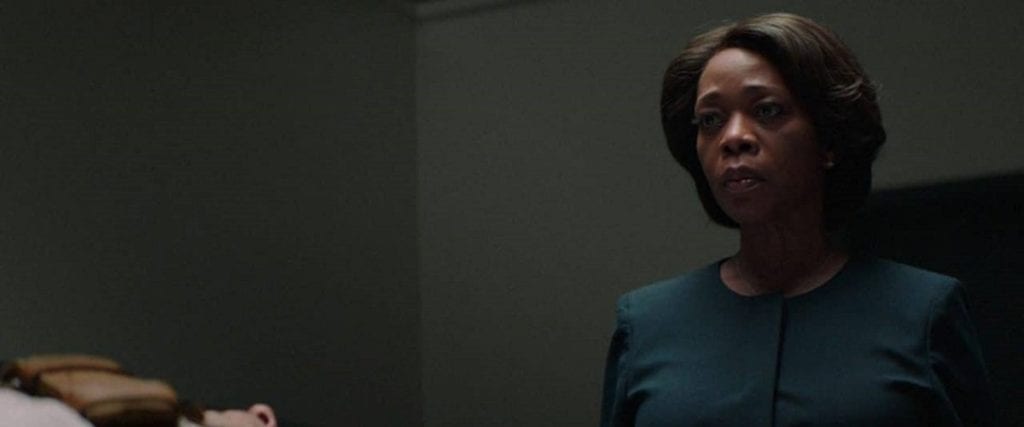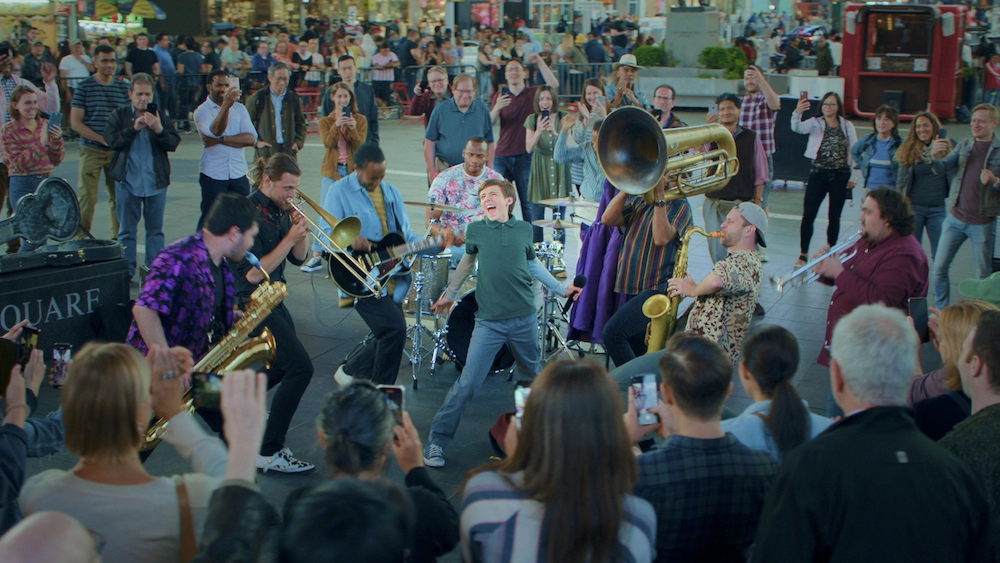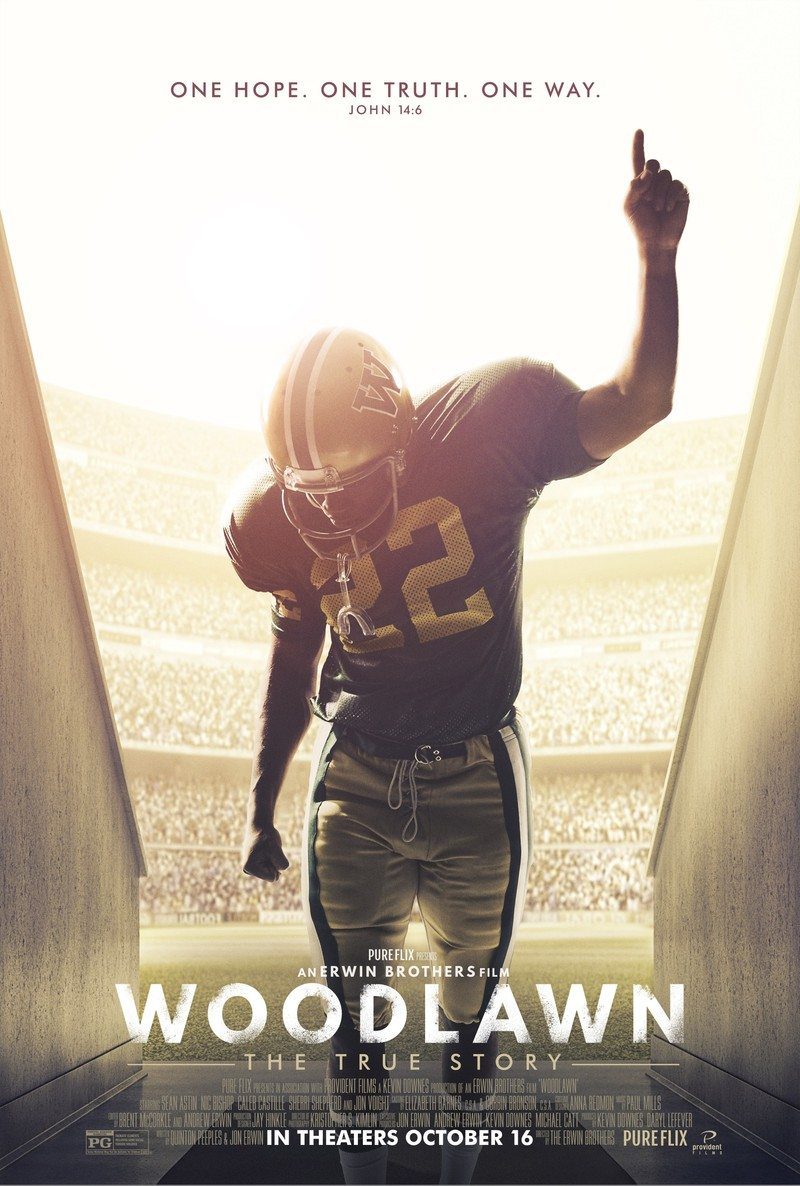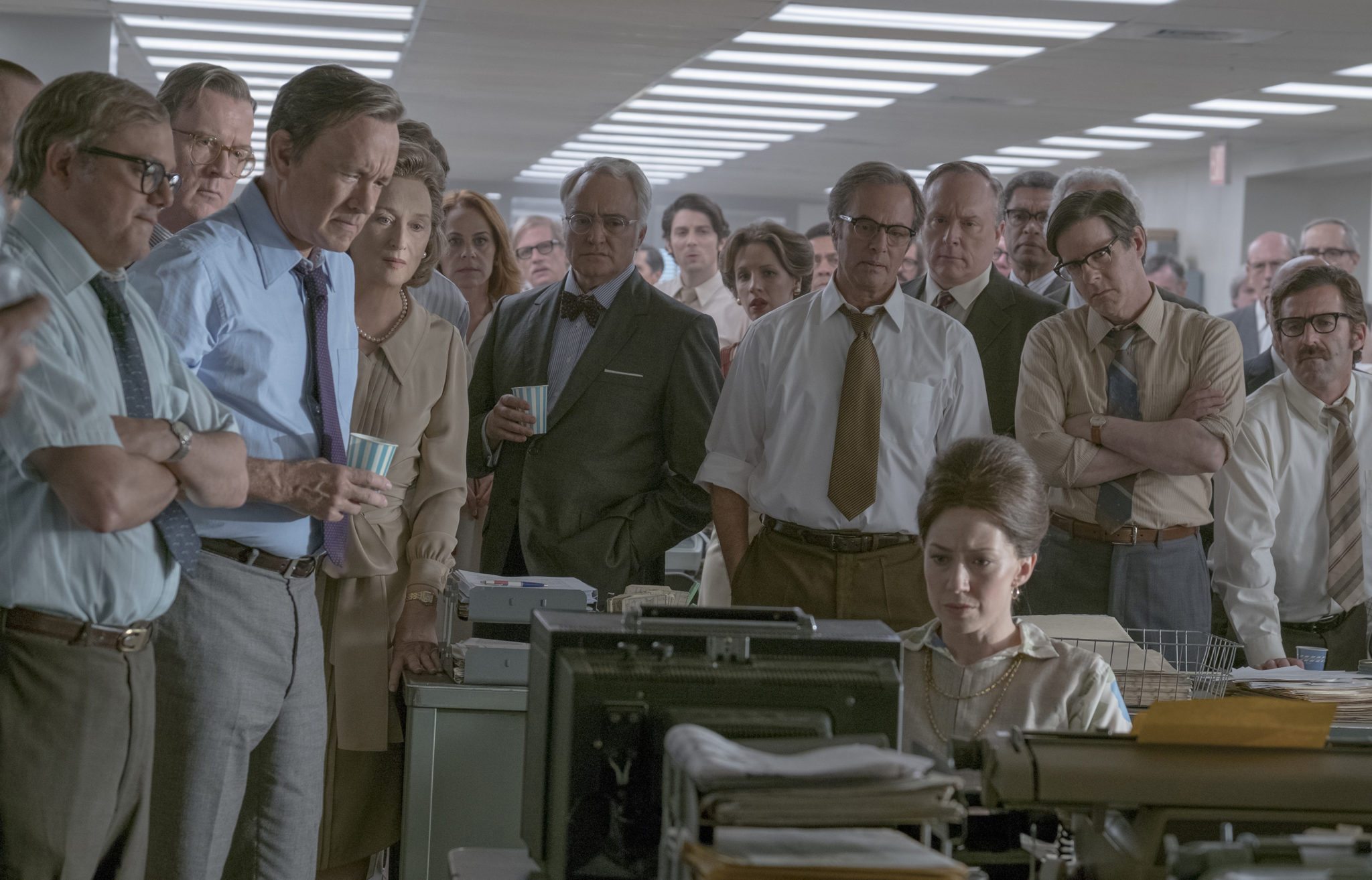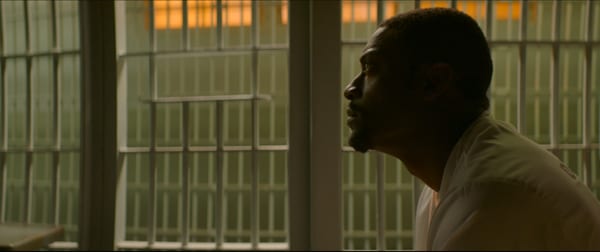
?You want to be whole.?
A couple of hours before viewing Clemency, I took in an excellent photo exhibition focusing on walls. That influenced how I understood this powerful film. The obvious reason is that the film takes place mostly within a prison, but that is only one of the kinds of walls we encounter.
The film opens as Warden Bernadine Williams (Alfre Woodard) oversees an execution that goes wrong, causing severe suffering prior to the inmate?s death. She is upset, because she believes a key part of her job is to provide dignity to these unfortunate men in their last hours. She is firmly in control of her prison, and is obviously an able administrator. She treats prisoners humanely. She calls them by name, not by a number. She knows all the people she deals with?prisoners and staff?are first of all human beings.
But as we watch, we see that this is a very heavy burden. She suffers from insomnia, she drinks heavily, she has nightmares, and her relationship with her husband (Wendell Pierce) is quickly falling apart. As she moves on the next upcoming execution, she comes into frequent contact with the condemned prisoner, Anthony Woods (Aldis Hodge), convicted of killing a police officer. Woods is without family. The only people in his corner are his attorney Marty Lumetta (Richard Schiff), who is ready to retire, being worn out with death row advocacy, and the crowd of anti-death penalty protestors outside the prison. Woods has slim hope that gets thinner when the date is set for his execution.
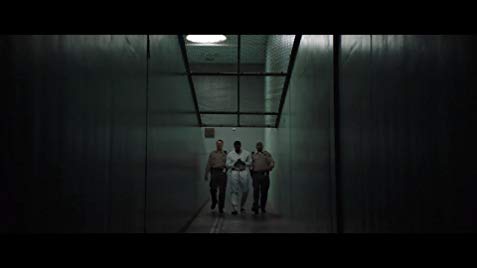
The Warden must go through the procedures with Woods, so he knows everything that will happen. She must also deal with various other issues. Through it all she does everything exactly according to regulations. Those regulations serve as one of the walls she has built to try to protect herself from the feelings inherent in killing another human being. All around her we see the stress this has on others. There is Lumetta, who can?t stand the thought of doing his job anymore, the prison chaplain who will be retiring, a senior corrections officer who cannot bring himself to take part in another execution, and most deeply her husband, who struggles to keep their relationship healthy. Yet Warden Williams has walled herself inside a fa?ade of regulation and decorum. If a crack were to appear in that wall?.
The film has an interesting, and perhaps counterintuitive approach to lighting. The scenes inside the prison are brightly lit, but the scenes outside the prison environment (usually her home or a bar) are dark and dreary, even if she is curled up with her husband. It is as if inside the prison is her safe place, where she is in control, and protected by the emotional walls she has put in place. But once outside the prison walls, her protection is not effective. Being open to the emotions she has walled off puts her into a dark and dangerous world.
As we watch Williams and Woods, we see that they are mirror images. He is confined by the walls and bars of the prison, but dreams (and draws) of freedom. She easily walks through locked gates, but has nightmares of confinement. What they share is a sense of being alone?no one around them knows what it is like to be facing a death sentence, or to be burdened with carrying it out correctly.
For Warden Williams, the walls that confine her?the regulations, the appearance of strength, the emotional stoicism?put her in danger of losing her sense of humanity?the very kind of dignity she seeks to provide the condemned. That encapsulates the power that this film brings to our understanding of capital punishment. (It should be noted that I thoroughly oppose capital punishment, so I saw this film as corroborating my opinion.) This film is not about whether capital punishment does or does not bring justice. Nor does it address questions about wrongful convictions. The way this film looks at the issue is the destructive effect this has on those who are responsible for capital punishment. Although it is Warden Williams who carries the burden in the film, in reality she is a stand-in for the society that continues in this practice. That is, she stands in for all of us. We too have built walls to distance ourselves from having to emotionally confront the morality (or lack thereof) involved in state-sanctioned killing. Do those walls protect us, or do they confine us?
